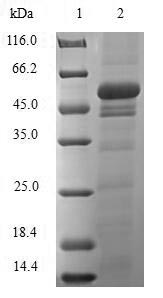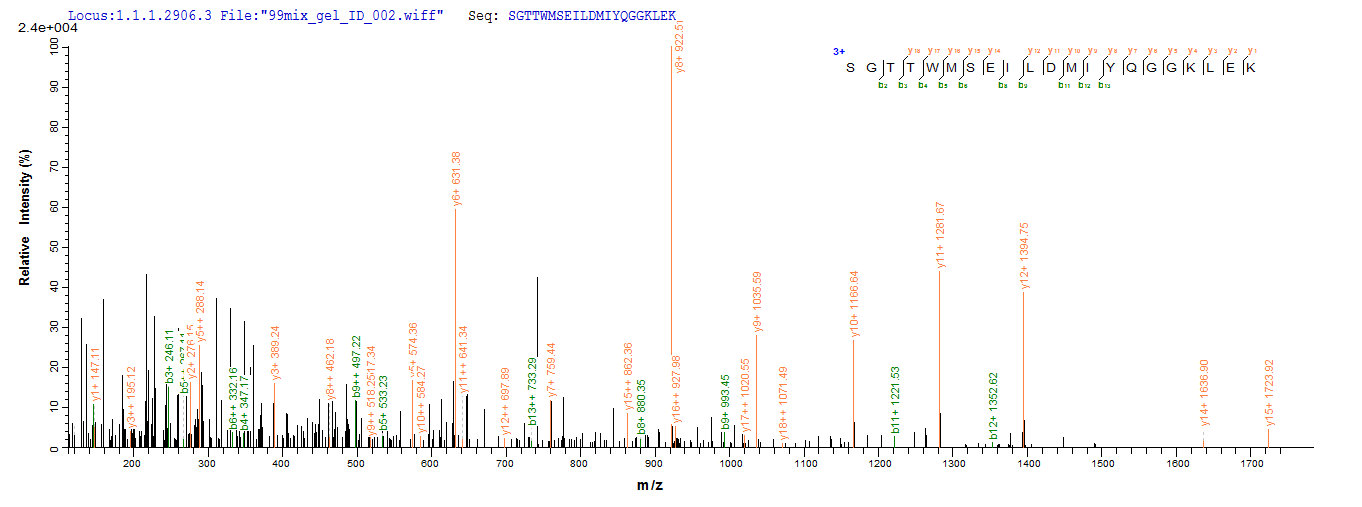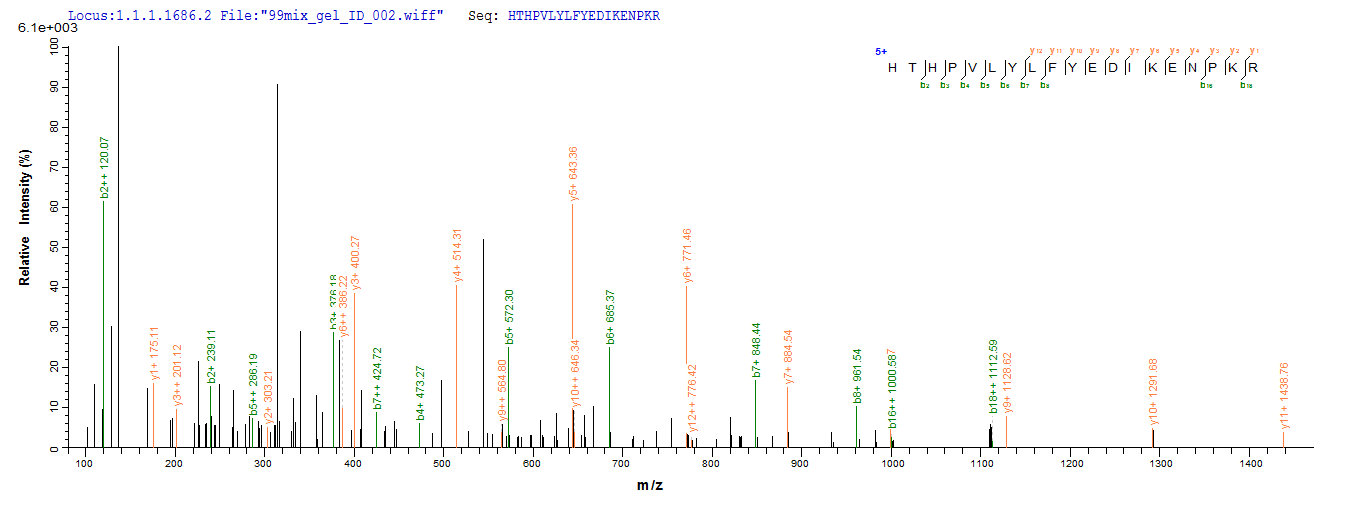The region for expressing recombinant Rat Sult1a1 contains amino acids 1-291. The calculated molecular weight for this Sult1a1 protein is 53.9 kDa. Expression of this Sult1a1 protein is conducted in e.coli. The Sult1a1 coding gene included the N-terminal 10XHis-SUMO tag and C-terminal Myc tag, which simplifies the detection and purification processes of the recombinant Sult1a1 protein in following stages of expression and purification.
The rat sulfotransferase 1A1 (Sult1a1) is an enzyme belonging to the sulfotransferase family, which is involved in the phase II detoxification process of xenobiotics and endogenous compounds. Sult1a1 catalyzes the transfer of a sulfate group from the universal sulfate donor, 3'-phosphoadenosine-5'-phosphosulfate (PAPS), to various substrates, including hormones, drugs, and xenobiotics, facilitating their elimination from the body. This enzyme is primarily expressed in the liver, where it participates in the metabolism of a diverse range of compounds, including steroids, phenols, and neurotransmitters. Understanding the function of Sult1a1 is crucial for comprehending the mechanisms underlying detoxification processes and drug metabolism in rodents. Research in this area contributes to advancements in drug development, toxicology, and the understanding of metabolic pathways in the context of physiological and pharmacological processes in rats.






